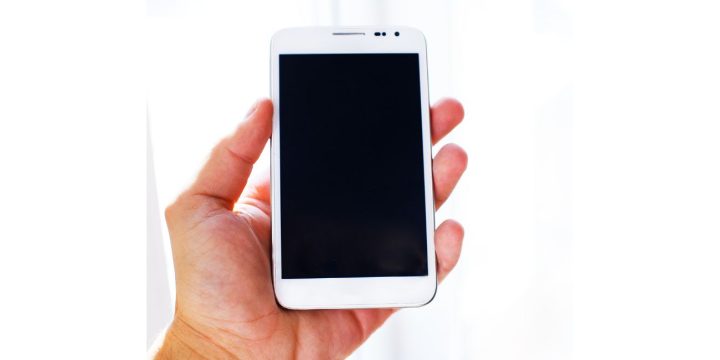If your Samsung Galaxy J7 isn’t getting software updates anymore, you’re not the only one. Many Galaxy J7 users have noticed that their phones no longer receive Android updates or even monthly security patches. This can be frustrating—especially if your apps start needing newer versions of Android or if you’re worried about security.
Here’s why your J7 stopped updating, how Samsung handles updates, and what options you still have.
How Samsung Handles Android Updates for Older Phones
Samsung provides software updates for its devices based on how new the phone is, what model it is, and how popular it was. In general, most Galaxy phones get:
- 2 major Android updates (example: Android 7 → Android 9)
- Up to 4 years of security patches, depending on the model
However, this wasn’t always the case. Back when the Galaxy J series was popular, Samsung only promised 2 years of updates for budget models like the J7. These phones were not part of Samsung’s premium lineup, so they reached their update limit earlier than flagship devices like the Galaxy S or Note series.
Your Galaxy J7 May Have Reached Its Update Limit

Samsung has released many versions of the Galaxy J7. Apieceone has a different update history. Here’s a rough breakdown:
- Galaxy J7 (2015): Last update — Android 6.0 Marshmallow
- Galaxy J7 Prime / J7 Pro (2016–2017): Last update — Android 8.1 Oreo
- Galaxy J7 Duo (2018): Last update — Android 9.0 Pie
- Galaxy J7 Core, J7 Nxt: Varies by region — mostly stopped at Android 8
If your J7 model is older than 4–5 years, likely, Samsung has officially stopped supporting it. You won’t get any more system updates or security patches. That’s why you don’t see any new updates when you check manually.
How to Check If Your J7 Can Still Get Updates
You can still confirm if your specific J7 variant has any pending updates by following these steps:
- Go to Settings → Software Update
- Tap Download and Install
- Wait a few seconds to see if your phone connects to Samsung’s update server.
- If nothing shows up, try Samsung Smart Switch on your PC or Mac
- Visit a firmware database like SamMobile.com to check your exact model number (SM-XXXX) and latest firmware version
Even if you’re no longer getting new features, there might be one last patch you haven’t installed yet.
Can You Manually Update Your Galaxy J7?
Yes, in some cases you can manually update your Galaxy J7—especially if Samsung released an update for your model in another region or if your device didn’t receive it over-the-air (OTA). Instead of waiting, you can flash the latest firmware using tools designed for Samsung devices.
One option is Samsung Smart Switch, which can be installed on a PC or Mac. It sometimes allows firmware updates even if they don’t appear directly on your phone. Another method involves using a tool called Odin, which lets you manually install the official firmware by flashing it to your device. Sites like SamMobile or Updato provide the correct firmware files based on your phone’s exact model number.
However, this process isn’t without risks. Flashing firmware manually can void your warranty, wipe your data, or even break your phone if done incorrectly. It’s essential to back up everything before attempting it. If you’re not confident, it’s better to visit a Samsung service centre or ask someone experienced to help.
What About Custom ROMs Like LineageOS?
If you’re tech-savvy, installing a custom ROM is another way to breathe new life into your Galaxy J7. Some J7 variants are supported by LineageOS, which is a clean version of Android that’s updated by the community.
Benefits:
- Newer Android versions (even Android 12 or 13)
- Better performance on old hardware
- More control over features and privacy
But there are downsides:
- You’ll lose Samsung features like Knox, Secure Folder, and Samsung Pay
- It requires bootloader unlocking and installing a custom recovery
- It’s not beginner-friendly and comes with risk
Is It Safe to Keep Using an Outdated Galaxy J7?
That depends on how you’re using your Galaxy J7 today. If it’s mostly for basic tasks like calling, texting, or running offline apps, then it’s probably still usable for now. But there are risks you should be aware of.
Since your phone no longer receives security updates, it’s more vulnerable to threats like malware, phishing, or remote exploits. Over time, more apps will stop supporting older versions of Android, which means you could lose access to updates or features—even for essential apps. Some services, such as Google Pay or banking apps, may stop working altogether as they often require up-to-date security frameworks.
If the J7 is your main phone and you rely on it for daily tasks, personal data, or financial apps, it’s smart to consider upgrading to a newer model that still gets regular updates and patches. It’s not just about having the latest features—it’s about keeping your phone safe and stable.
Final Thoughts
The reason your Galaxy J7 isn’t getting updates is simple: it’s reached the end of Samsung’s support timeline. Older J7 models, especially those released before 2018, haven’t received updates in years. While you can try manual flashing or even a custom ROM, those aren’t ideal for everyone.
If you want to keep things simple and secure, consider switching to a newer Samsung phone—something like the Galaxy A14, M14, or A24, which are budget-friendly and come with longer update promises.
Still using a J7? Let us know your experience below. Did you manage to update it? Or did you switch to something newer?

